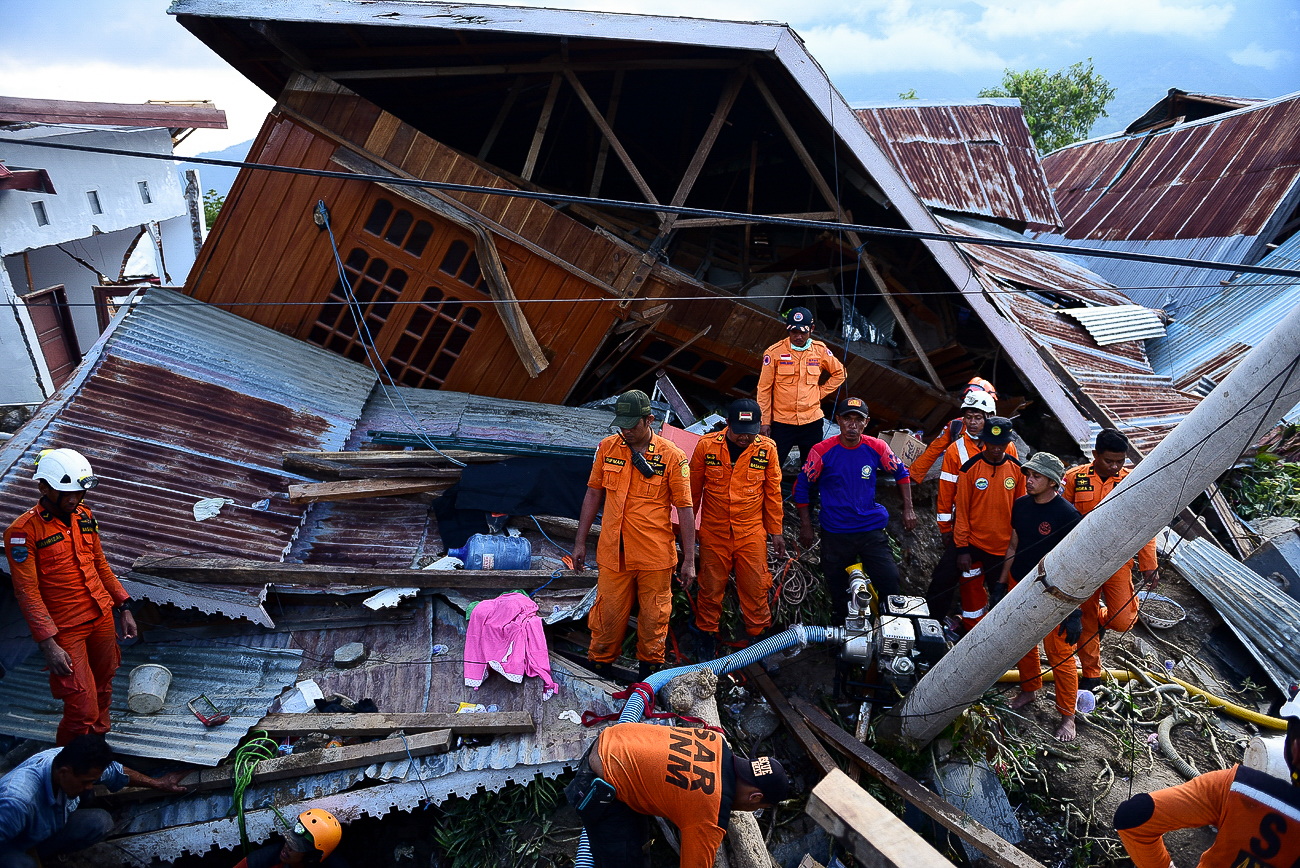Earth-friendly campus building a student project
A sustainable building made of natural materials that is taking shape between Smith and Neuberger will include an outdoor oven and a dialogue dome.
A new student group called Project Sustain Urth is building both the oven and the dome with cob, an eco-friendly building material that consists of earth, sandstone and clay. The project will also include an herb garden, berry bushes and fruit trees, which will provide food for Food For Thought Café. Two members of Food For Thought have already been trained to use the outdoor oven, which will be used to bake bread. In addition, a compost center is also in the works, which would provide a natural way for Food For Thought to dispose of food waste.
Heidi Moore, initiator of the project and founder of PSUrth, began the proposal as part of her thesis for the Conflict Resolution Program. Moore said cob is a necessary component of this project because “I don’t want to have to deforest Oregon to learn that we can build with cob, when people have been building with it for hundreds of years.”
The dialogue dome is intended to promote “interdisciplinary dialogue on ecological sustainability and the actions we can take together as a university to prevent ecological collapse,” Moore said. Working across disciplines has been a theme of this project as Moore and other members of PSUrth have actively sought support.
The Conflict Resolution Program was the first to give its support, followed by Mike Irish, director of facilities, who stood behind the project despite the fact that President Bernstine had not yet given his support.
The City Repair Project, where the project was proposed, provided additional support. The City of Portland awarded the group a $3,300 grant. This award, however, has not covered the natural builders who were contracted for the construction, and the materials and labor have all been volunteered.
PSUrth has also worked to include as much student input as possible, holding three student forums to ask students for ideas about what the final outcome should look like. For Ryan Matson, a core member of PSUrth, student input is essential. “I like to see the university engage students in something they can be accountable for. That really only happens through community dialogue and a sense of ownership.”
Having an example of a natural building is an “attempt to show what sustainable resolution looks like,” Moore said. Sustainable resolution is at the heart of what she hopes to exemplify in this building. “Everything I’ve worked for at this university has culminated in this project,” she said.
While the political message of a natural building is part of Moore’s overall goal, not everyone views the project this way.
“Not all students who go here would get the right idea from activism. This is educational. You have to put away partisan politics to get any real work done,” said Brian Danielson, senior and president of the College Republicans.
Moore, however, is just glad to have students involved in the process. “People develop their own meanings for this, too, which is beautiful. As students, we can come together to build something beautiful, sustainable, and we can do it in a way that the university will be supportive when we come to them next year,” she said.
PSUrth is hoping to make sustainable projects such as this one a more consistent part of PSU, which they hope will support one to two projects a year.



